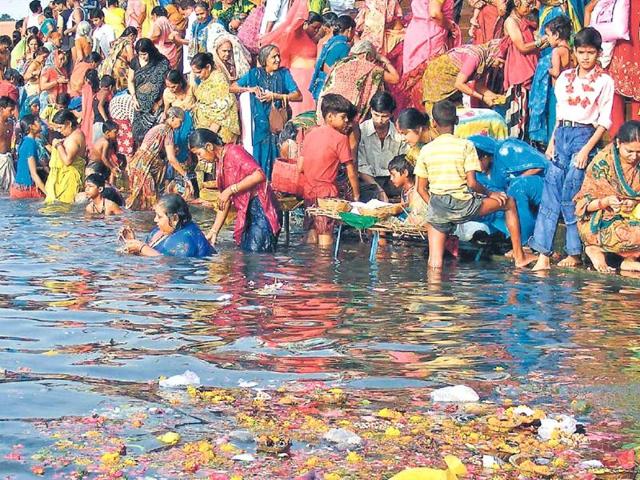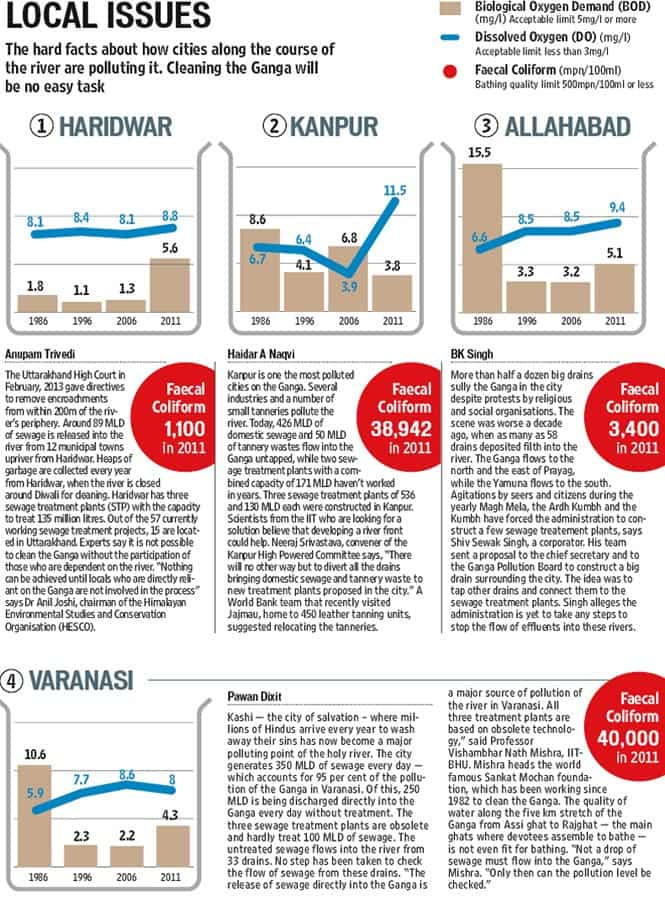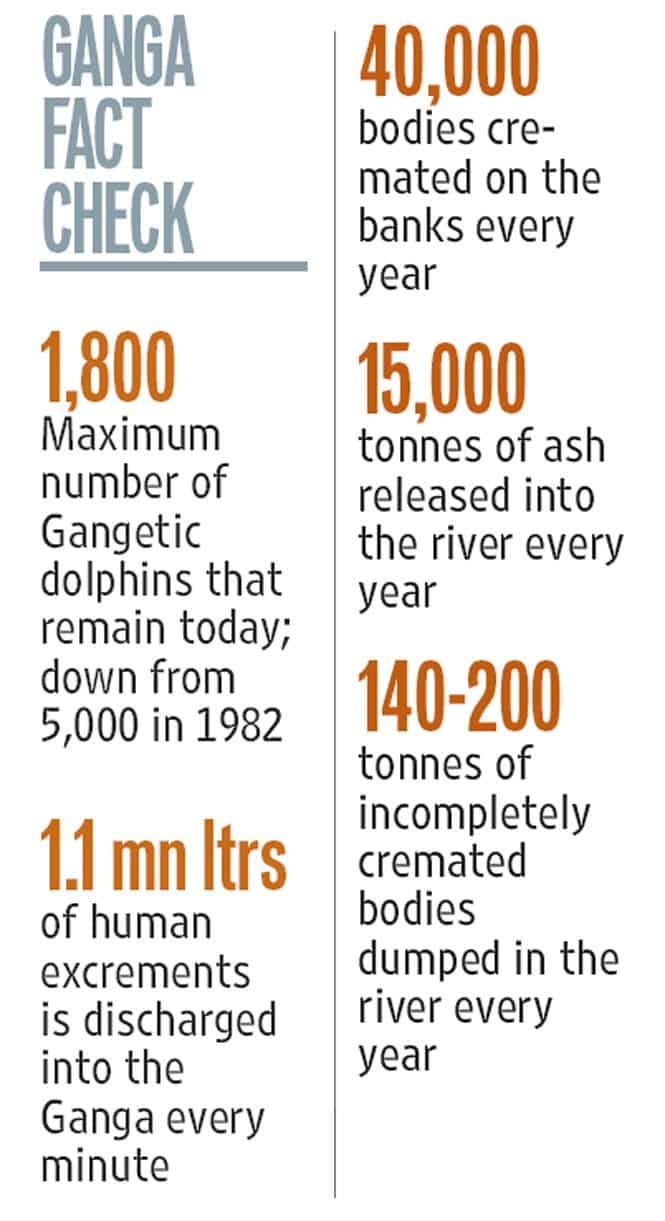Unholy mess: Cleaning up the Ganga
India under PM Narendra Modi is set to clean up the Ganga. A look at the challenges that the government will have to tackle if it is serious about saving the holy river.
Riding on the promises of newly-elected Prime Minister Narendra Modi, India will embark upon yet another ambitious attempt to save the Ganga, the holiest of rivers.

During his election campaign in Varanasi, Modi had invoked Gandhi’s association with Sabarmati and the call from “Maa Ganga” that struck a chord with the masses.
However, cleaning the massively polluted river is easier said than done. The task has been entrusted to Uma Bharti under a separate ministry for river development and Ganga rejuvenation. The fiery sadhvi has been agitating for quick and effective action to save the river.
Over the decades, several attempts costing crores have already been made to no avail. It wouldn’t be an exaggeration to say that the Modi government is staring at a Herculean task that could take many years. Even the World Bank has termed the Ganga clean-up a ‘high-risk’ project.


Why is the Ganga so polluted? The reasons are many but topping the list is the release, into the river, of unchecked and untreated sewage and industrial effluents. Household wastes, construction debris, the run-off of fertilisers and pesticides from fields, even the immersion of ashes and cremation on the banks contributes.
So far, Rs 20,000 crore has been spent to clean the river. Spent mostly on the assumption that it is enough to check the sewage and effluents from reaching the river. Clearly that approach has been inadequate.
The failure of the GAP (Ganga Action Plan) and YAP (Yamuna Action Plan) make it clear that aping the Victorian sewerage model has not worked in India,” said Bharat Lal Seth, South Asia Program Coordinator, International Rivers.
“The real game changer will be our experiments with unconventional technologies and non-mechanised systems of treatment, such as oxidation ponds, duckweed ponds and lagoons. Transportation of sewage tens of kilometres is capital and energy intensive. This must change if the new government is serious about reducing pollution loads.”
Since GAP was launched in 1986, the nature of the problem has changed, explains Dr BD Tripathi, a professor at the Banaras Hindu University, and a member of National Ganga River Basin Authority (NGRBA).
“We have to now deal with what I term as a triple R problem — Reduced water carrying capacity, Reduced quality, and Reduced water flow.”
The inflow of tonnes of sewage and solid waste has resulted in the increased accumulation of silt on the river bed which, in turn, has reduced the water carrying capacity.
On the upper reaches of the Ganga (on the Bhagirathi, Mandakini, Alaknanda and other rivers) the flow of the river is severely checked by a number of hydroelectric projects that are either already operational or under construction.
Fixing the river will also require more efficient agricultural practices. Over 90% of the water is diverted for watering fields — mostly through three canals at Haridwar, Bijnor and Narora — contributing to a massive decline in the volume of the river.
The Ganga basin is home to 500 million people, 100 million of whom are directly dependent on it for domestic, commercial or agricultural use.
It is also home to millions of dispersed small polluters who release untreated waste into the river and its tributaries. Looking at the economic impact of Mission Clean Ganga should be one of the new ministry’s priorities.
“Several projects undertaken to clean the Ganga get caught in State-Centre conflicts. The National River Ganga (Conservation and Management) Act — which the UPA government failed to introduce — is one way to resolve such conflicts, legally binding everyone to clean the river,” said water conservationist Rajendra Singh.
Modi has said that he wants to replicate the Sabarmati model. However, the issue is much more complex when it comes to the Ganga. “The Sabarmati is about 370 km long and the Ganga is 2,525 km. The ecosystems are different,” says Tripathi.


Get Current Updates on India News, Lok Sabha election 2024 live, Election 2024 along with Latest News and Top Headlines from India and around the world.




